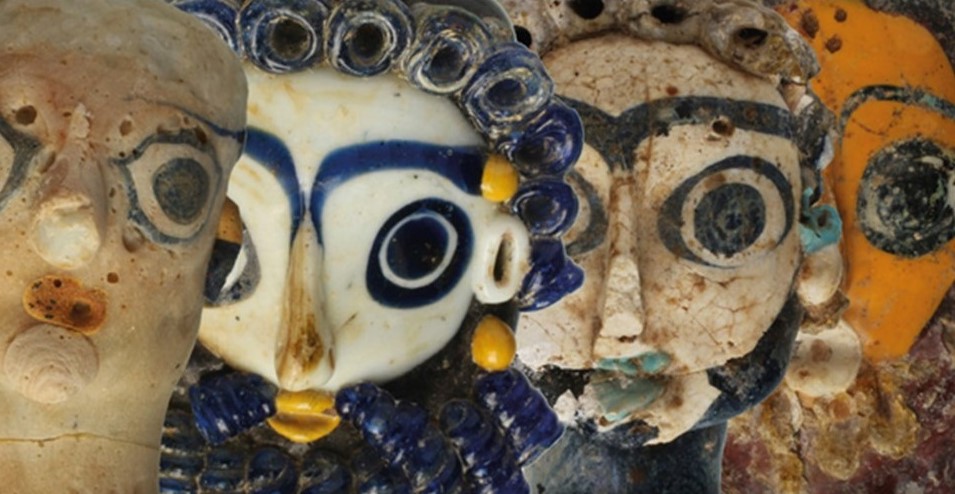The history and culture of one of the most powerful and fascinating cities of the ancient Mediterranean is on display from 27 September to 29 March 2020 with the exhibition Carthago. Il mito immortale – “Carthago. The immortal myth”.
The Colosseum, the Temple of Romulus and the Imperial Ramp at the Roman Forum will all host extraordinary materials, on loan from national archaeological museums in Italy and abroad, including the Carthage National Museum and the Bardo in Tunisia, and the national museums of Beirut in Lebanon, and Madrid and Cartagena in Spain.
The large-scale exhibition is curated by Alfonsina Russo, director of the Parco archeologico del Colosseo, who is also in charge of its international coordination, together with Francesca Guarneri, Paolo Xella and José Ángel Zamora López, with Martina Almonte and Federica Rinaldi.
The exhibition, promoted by the Parco archeologico del Colosseo, with the organization of Electa, features precious reconstructions and multimedia installations side-by-side with never before displayed artifacts, all the result of the research campaigns conducted by the Superintendency of the Sicilian Sea in the Aegadian Islands. Our goal is to help familiarize the public with the series of historical events that unite the two great powers of the ancient world, Carthage and Rome.
Visitors will embark on a journey starting from the foundation of the Phoenician East to the refounding of the new Colonia Iulia Concordia Carthago, touching upon important events in the rise of Christianity, the new religion of which Carthage would become an important center of diffusion. The exhibition concludes with an epilogue on the ancient city’s rediscovery in the light of the modern and contemporary imagination.
A reconstruction of the terrible deity Moloch, linked to Phoenician and Carthaginian religions and featured in the 1914 film Cabiria (directed by Giovanni Pastore and written by Gabriele D’Annunzio) will be stationed at the entrance to the Colosseum to welcome visitors to the exhibition.


